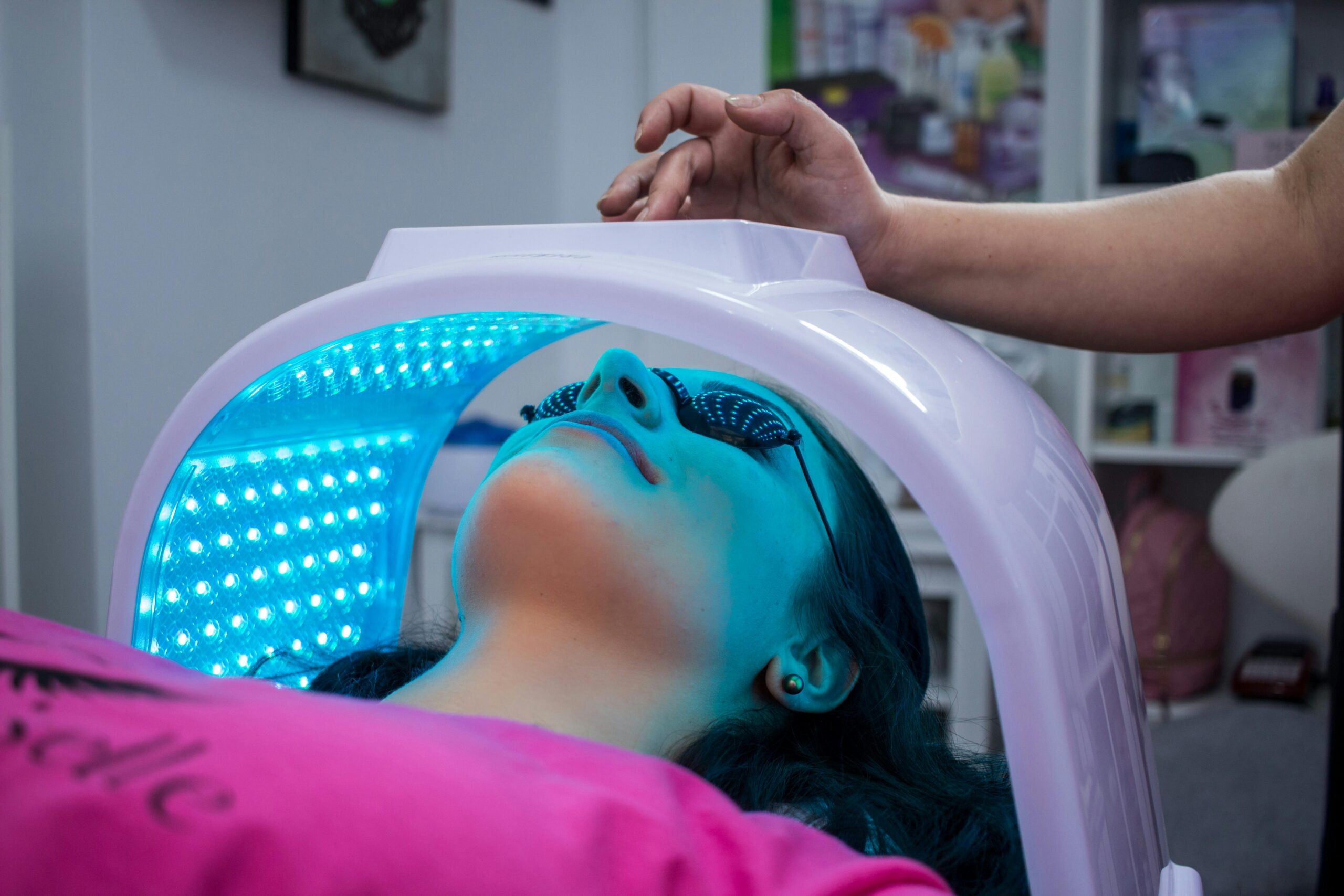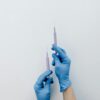If you’ve ever wished you could “pause” your skin’s aging clock, collagen banking might be the closest thing we have to an aesthetic time machine. Think of it as investing in your skin’s future, building and preserving your collagen reserves now so that your complexion remains firm, smooth, and luminous – combating natural aging.
“Collagen banking” is the latest buzz term that focuses less on chasing a quick fix and more on building your skin’s long-term health, and with it, developing forward-thinking, positive skin-behavioral traits. It’s proactive prevention and skin protection, and the dividends can’t be ignored. For those juggling everyday aggressors that accelerate collagen loss like high UV exposure, stress, lifestyle choices, and environmental aggressors, the thinking behind this concept is simple – the earlier you start, the better the payoff.
The science behind collagen banking
Collagen is a protein made by fibroblasts that gives skin its structure and bounce. In our twenties, collagen production starts slowing down by about 1% per year, a rate that accelerates in our thirties and forties. By the time we notice fine lines, sagging, or dullness, a significant portion of our collagen stores are already depleted.
Collagen banking involves taking a proactive approach, stimulating the production of the protein before it declines early. The more collagen you produce and preserve now, the better your skin will look later.
There are nearly 30 different types of collagen in our skin, but the two types we should be focusing on are type I and III, as these two types spearhead tissue regeneration and are responsible for the skin looking tighter.
How to “bank” your collagen
Unlike quick fixes, collagen banking focuses on long-term gains through treatments that trigger the skin’s natural repair and regeneration processes. These are some of the most effective options:
1. Microneedling
Also known as collagen induction therapy, microneedling uses ultra-fine needles which include Dermapen to create tiny micro-injuries in the skin. This triggers your body’s wound-healing response, flooding the area with growth factors that help produce fresh collagen and elastin. Over time, this leads to improved texture, reduced fine lines, and a more youthful glow.
This in-office treatment stimulates collagen in a deeper layer of the skin, improving skin laxity and firmness.
- Best for: Early signs of aging, uneven skin tone, and acne scars.
- Frequency: Every 4 – 6 weeks for best results.
2. LED light therapy
LED light therapy uses different wavelengths of light to stimulate cellular repair. Red light penetrates deep into the skin to boost collagen production and reduce inflammation, all without pain or downtime.
- Best for: Sensitive skin, post-treatment recovery, and ongoing collagen maintenance.
- How often: Weekly sessions or as a post-treatment booster.
3. Chemical peels
Chemical peels remove the outermost layers of dead skin cells, revealing a smoother, more even complexion beneath. This controlled exfoliation also signals the skin to produce new collagen, especially when done regularly.
- Best for: Pigmentation, sun damage, dullness, and textural concerns.
- How often: Every 4 – 8 weeks, depending on peel strength.
4. PRP therapy
Popularly referred to as the ‘vampire facial’, this uses your own plasma, which is rich in growth factors, to speed up regeneration. This is then reintroduced into the skin via microneedling or injection, accelerating collagen production and skin regeneration.
- Best for: Significant collagen boost, post-acne scarring, and early sagging.
- How often: 2 – 3 sessions a year.
5. Biostimulator fillers
Injectables like Sculptra, Profhilo, Skinvive, gradually stimulate collagen formation over months due to the time needed for the body to stimulate collagen production. This injectable renews the skin by improving the appearance of wrinkles for up to 25 months after the last treatment.
- Best for: Gradual, reliable volume and firmness boost
- How often: 2-3 sessions a year for maintenance.
When to start banking
The best time to start collagen banking is before deep wrinkles and sagging set in, ideally in your mid-to-late twenties or early thirties. But it’s never too late to begin; even mature skin can benefit from treatments that encourage collagen renewal.
Collagen banking isn’t about looking ten years younger overnight; it’s about building a strong and healthy foundation, so your skin looks healthy, resilient, and radiant for the next decade and beyond.
Think of it as your beauty savings account: the more you invest now, the greater the payoff later. And like any investment, consistency is key. I advise pairing in-practice treatments with a daily skincare routine that includes SPF, antioxidants, and a retinoid to protect and enhance your collagen reserves.
Collagen production will inevitably decline with age, but smart, targeted treatments can help slow the process. Think of it like compound interest: the earlier you invest, the more you’ll have to draw from later.



![women [longevity live]](https://longevitylive.com/wp-content/uploads/2020/01/photo-of-women-walking-down-the-street-1116984-100x100.jpg)










